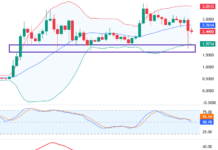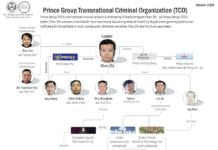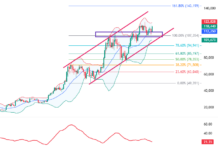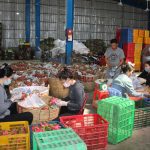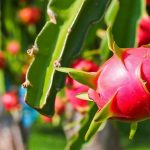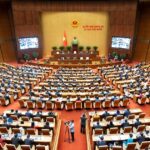Dragon fruit prices are currently fluctuating between 20,000 VND/kg and 25,000 VND/kg for the highest quality fruit. This is an increase of 10,000 to 12,000 VND/kg compared to the previous month. During this favorable season, dragon fruit trees are allowed to bloom naturally without the need for electrical stimulation, a common practice during the summer months. Additionally, the absence of pumping and irrigation costs results in a profit of over 10,000 VND per kg for farmers.
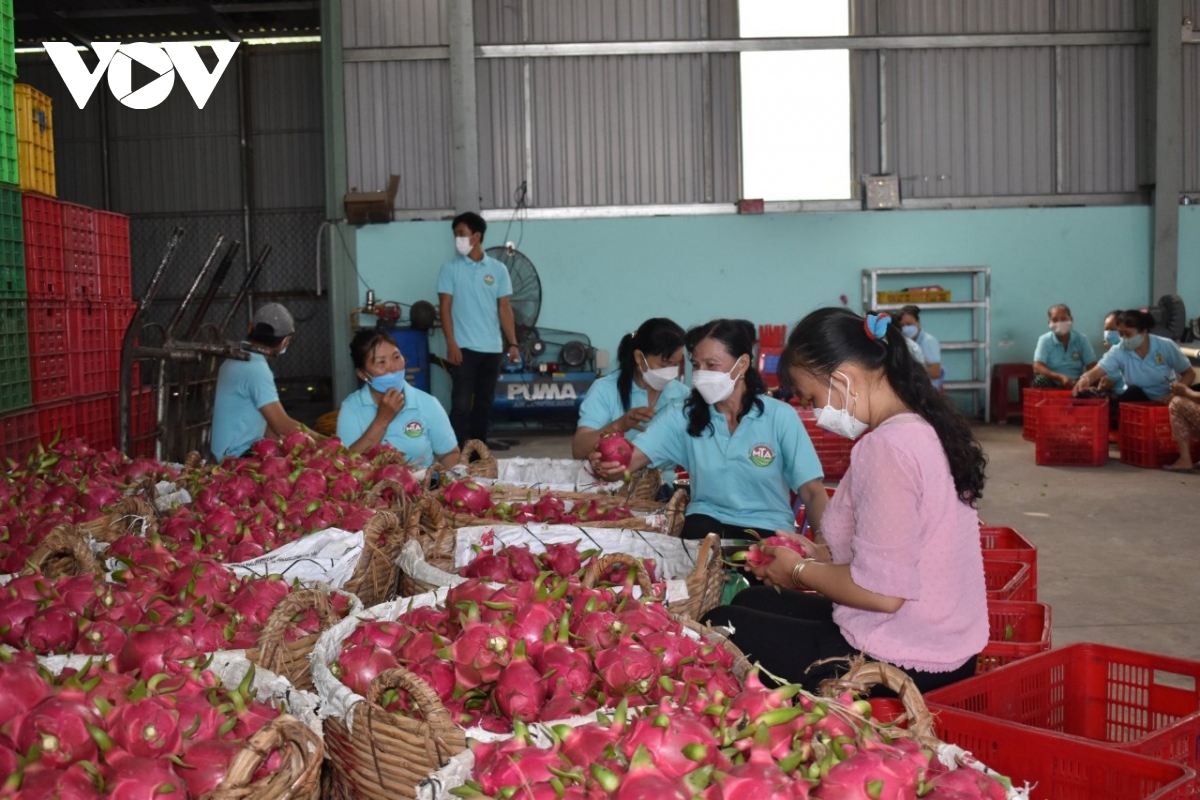
Tien Giang dragon fruits are grown according to Viet Gap and Global Gap standards for export.
Tien Giang province boasts over 9,000 hectares of dragon fruit farms, with approximately 7,500 hectares ready for harvest. The yield is impressive, reaching nearly 35 tons per hectare, resulting in an annual production of over 260,000 tons. The main dragon fruit-producing regions are concentrated in four districts: Cho Gao, Go Cong Tay, Tan Phuoc, and Go Cong Dong. Dragon fruit is one of the most economically valuable crops among the 11 specialty fruit varieties in Tien Giang, generating profits of over 300 million VND per hectare per year.
To facilitate dragon fruit exports, the functional authorities of Tien Giang province have supported farmers in obtaining 80 region codes for dragon fruit plantations spanning more than 6,140 hectares. These fruits are exported to Japan, the United States, South Korea, Australia, and China. Additionally, over 2,300 hectares of dragon fruit farms have been established to meet GAP standards, with 2,196 hectares certified as VietGAP and 110 hectares as GlobalGAP. The dragon fruit of Cho Gao has also been granted a collective trademark by the National Office of Intellectual Property.
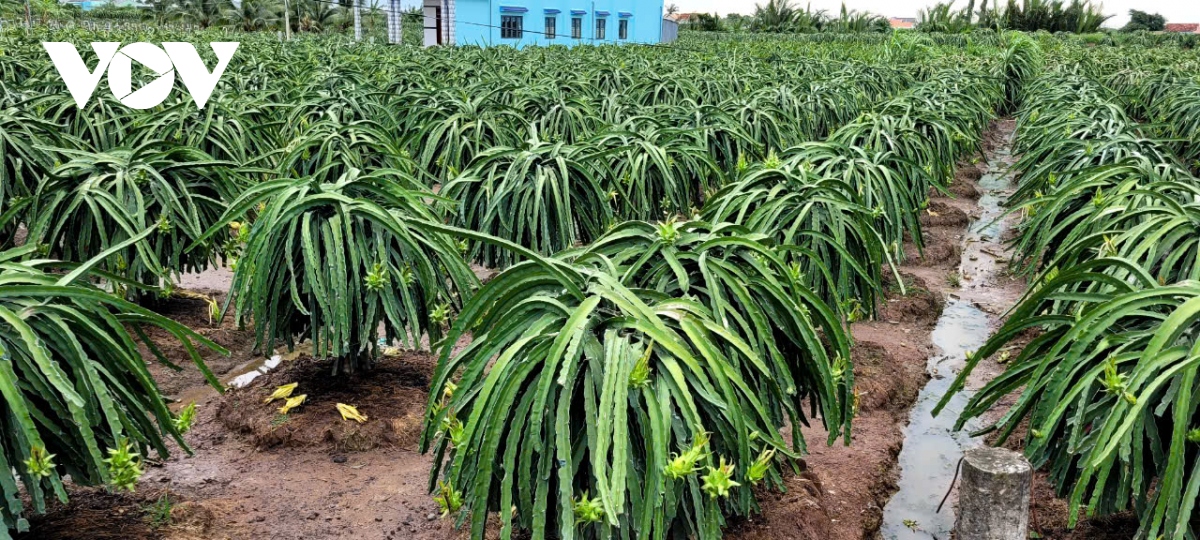
Farmers enjoy considerable profits during the favorable season due to lower dragon fruit cultivation costs.
At present, farmers in Tien Giang province are diligently caring for their dragon fruit trees during this favorable season. The trees are currently blooming and bearing fruit, with the harvest expected to commence next month. Following this, they will transition to the off-season production phase.





















